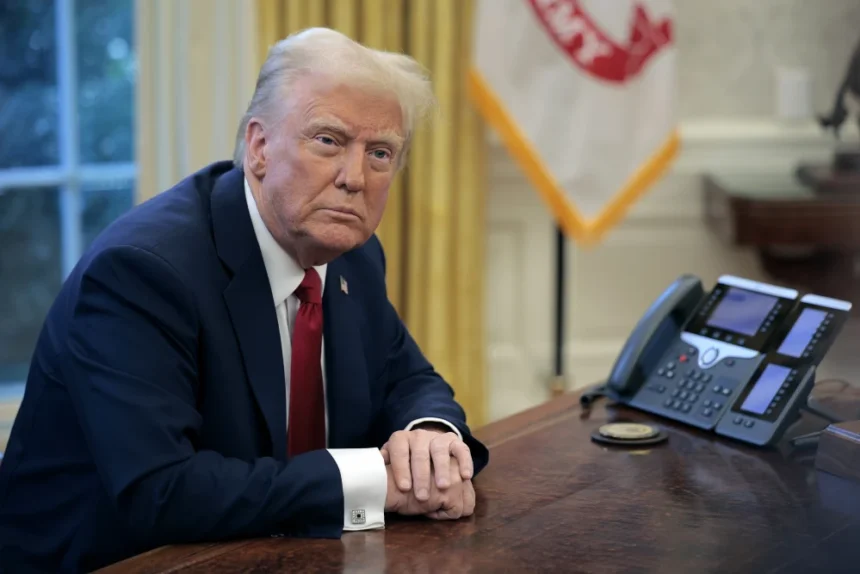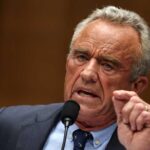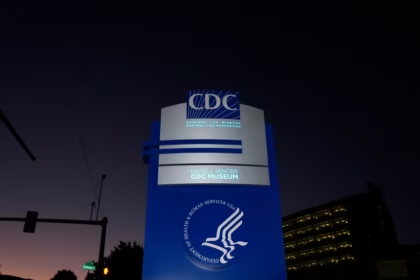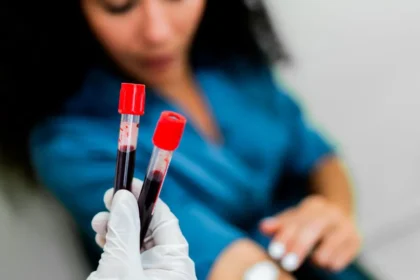On Tuesday, President Donald Trump signed a memorandum designed to increase oversight of direct-to-consumer advertising by pharmaceutical companies. While the directive does not go as far as banning such advertisements entirely, it signals a significant shift in how the federal government will regulate how medications are marketed to the public.
The memo instructs Health and Human Services Secretary Robert F. Kennedy Jr. and Food and Drug Administration Commissioner Marty Makary to enforce existing regulations more aggressively. Their focus will be on ensuring that all pharmaceutical advertisements present accurate and transparent information, especially concerning potential risks associated with the medications being promoted.
Officials say the goal of the initiative is to restore public trust in healthcare messaging and ensure patients are better informed about the drugs they are being encouraged to consider. As part of this effort, the administration is planning to send out roughly 100 cease-and-desist letters and thousands of warning letters to pharmaceutical companies, signaling the start of a broad enforcement campaign.
This crackdown will not be limited to traditional forms of advertising like television. The memorandum also addresses newer forms of marketing, including social media and digital platforms. Influencers and online pharmacies are among the targets, particularly those promoting prescription drugs without adhering to the disclosure standards required of traditional drugmakers.
One senior official expressed concern over the growing number of advertisements that fail to properly disclose side effects. The official noted that many of these ads are now circulating online, where regulations have historically been less strictly applied. According to the administration, some online pharmacies are also bypassing rules that other pharmaceutical firms are expected to follow, which raises questions about fairness and consumer protection.
Although the administration is not releasing the enforcement letters publicly at this stage, it indicated that doing so in the future is not off the table. While no specific companies were identified as repeat offenders, officials referenced a controversial Super Bowl advertisement from the online pharmacy Hims & Hers. The ad promoted weight loss drugs with little mention of potential side effects, which prompted concern among lawmakers and regulatory agencies.
Another key component of the new policy is the removal of what officials described as a regulatory loophole from 1997. That rule allowed drug companies to avoid listing all side effects in television advertisements by directing consumers to other sources, such as websites, for complete information. Before that change, drugmakers had to include comprehensive risk information in their television promotions if they mentioned the conditions the medication was intended to treat. Officials argue that the earlier standard provided consumers with more balanced information.
Trump administration officials believe that enforcement of advertising regulations has weakened in recent years. This new directive aims to reverse that trend and respond to ongoing complaints from healthcare professionals who say that drug advertisements often present a skewed picture. Many physicians believe that ads can interfere with the doctor-patient relationship by encouraging patients to request specific drugs based on promotional content rather than medical necessity.
Some pharmaceutical executives have reportedly told administration officials that they support a crackdown on misleading advertising. However, the officials declined to name specific companies.
The announcement comes on the heels of a report from the “Make America Healthy Again” commission. The report outlines a coordinated effort among agencies such as the Department of Health and Human Services, the FDA, the Federal Trade Commission, and the Department of Justice to increase oversight. The focus will be on advertising practices that have the potential to cause harm, particularly those involving social media influencers and telehealth services that reach consumers directly.
During Trump’s first term, he attempted to regulate pharmaceutical advertising by requiring companies to disclose drug prices in television commercials. That effort was blocked in federal court, where a judge ruled that the Department of Health and Human Services had exceeded its authority.
Since the FDA began easing restrictions on drug advertising in 1997, spending in this area has grown rapidly. Pharmaceutical companies spent over $10 billion on direct-to-consumer ads last year. According to media analytics firms, about one-third of that spending came from the top 10 most heavily promoted medications in 2024.
The new memorandum signals a renewed effort by the Trump administration to bring greater transparency and accountability to the pharmaceutical industry’s marketing practices. By tightening oversight and enforcing existing rules, officials hope to create a more informed public and a more responsible advertising environment.











